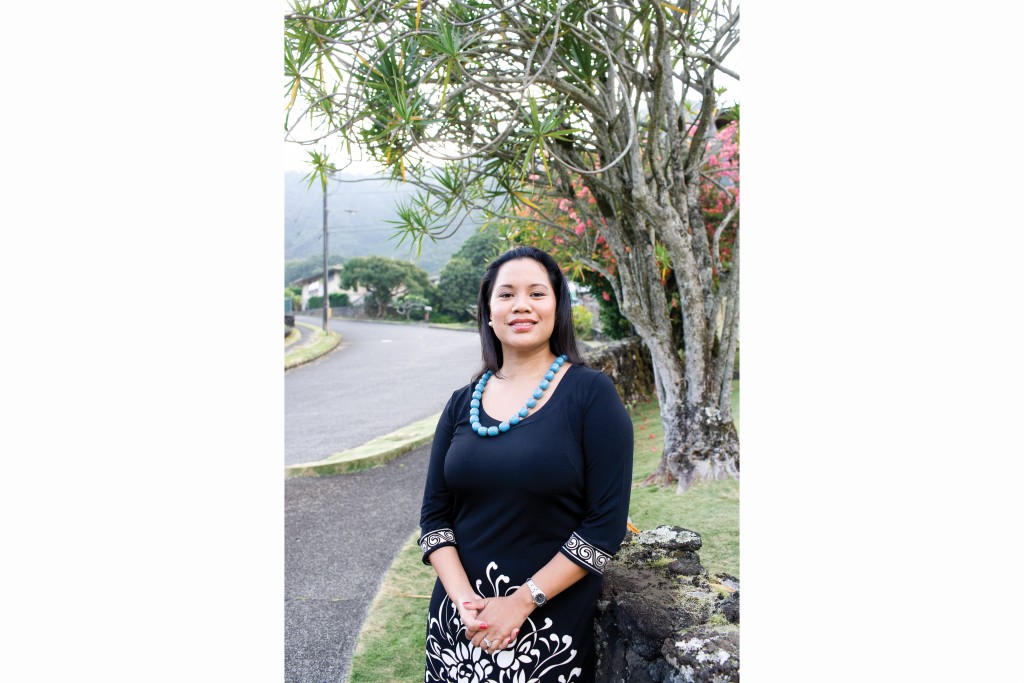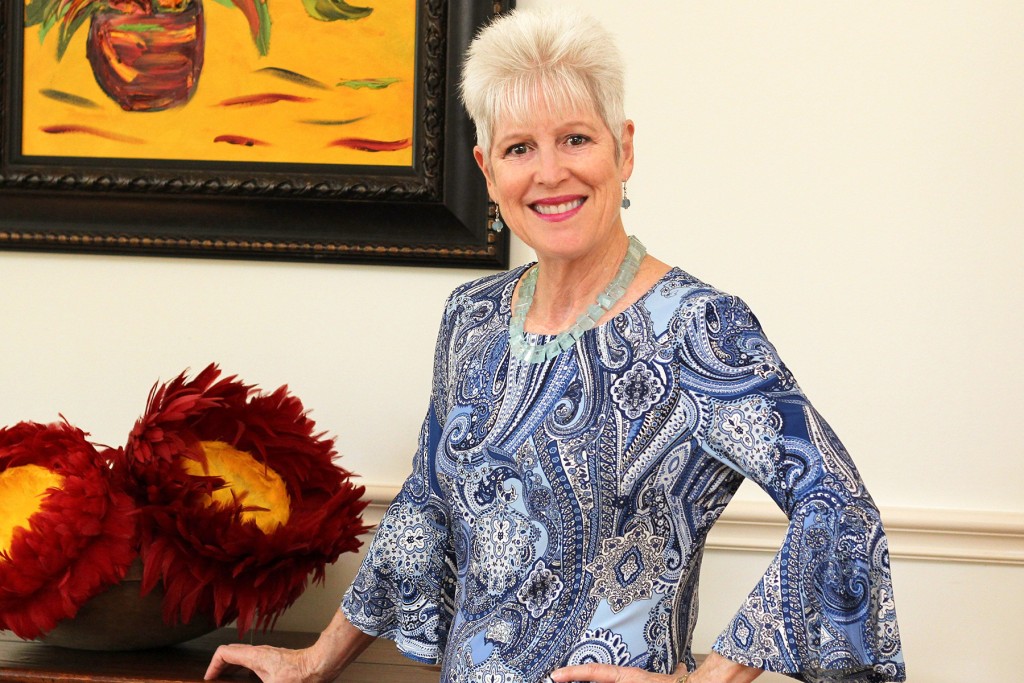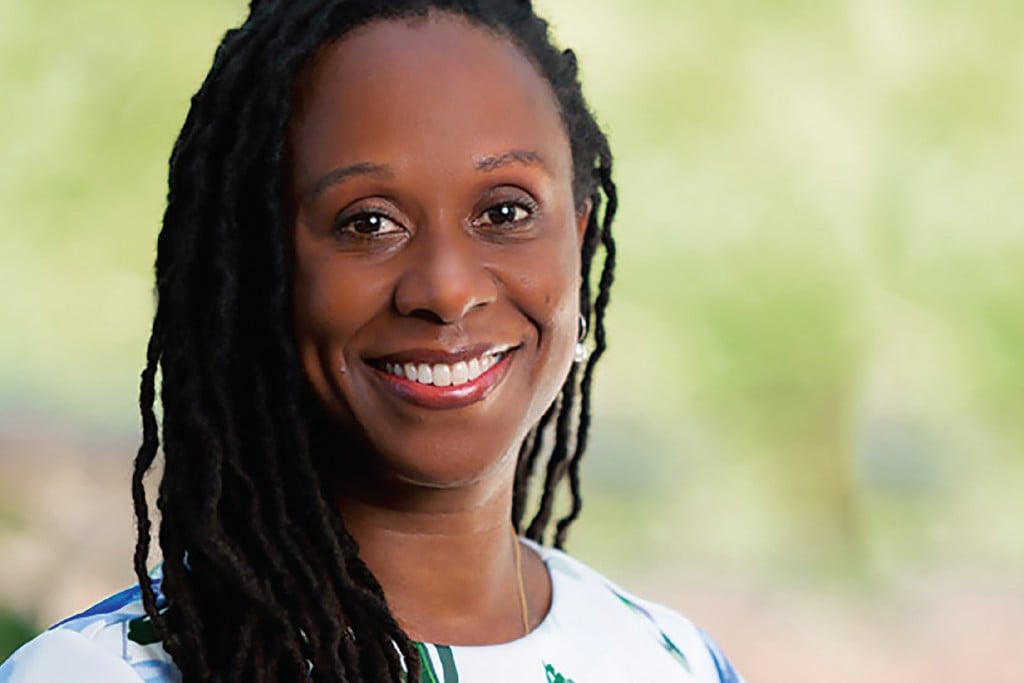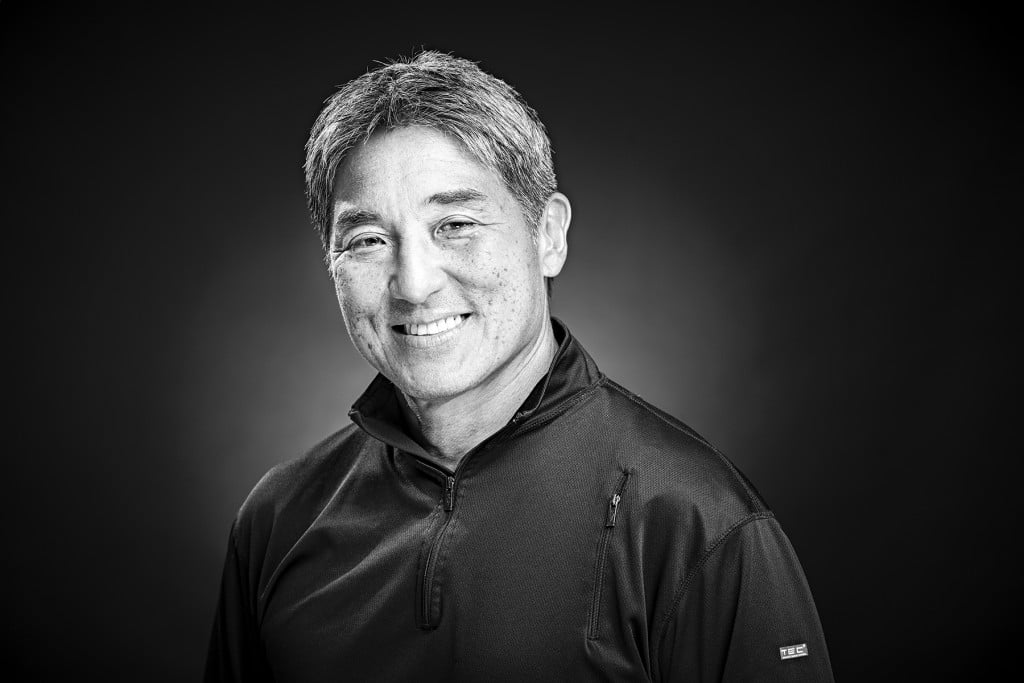Talk Story with Frances T. Gendrano

As Hawaii approaches August’s 50th anniversary of statehood, we have asked local leaders to reflect on the next 50 years for Hawaii. This month: real estate executive Fran Gendrano.
Q: What will Hawaii look like 50 years from today?
A: With our desirable location, ideal climate, beautiful mountains and ocean scenery, Hawaii will always be a place of destination — whether for residing or tourism. Tourism will still be a main industry and the military will still have a presence.
People will always want to live here so prices will remain relatively higher than the rest of the country. I imagine it a little more densely populated and developed, but hopefully our lawmakers and the public dedicate some good discussion now to the controlled growth of both people and development.
Balance will be the greatest challenge. Too much of anything is not a good thing — too much tourism, too much military, too much development. And because of “too much” we will wreak havoc on our environment if we are not careful.
There may be a larger economic gap between the wealthy and poor than we see (and complain about) today. Land prices are so high. Who and where are the people who can afford it?
Another potential problem is our three-to-five-day food and fuel supply if we are cut off from the Mainland.
“ There will be more of almost everything. People. Cars.Buildings. Developments. Pollution. Trash. Less of a few things. Sandy beaches. Privacy.”
Q: What is Hawaii’s greatest opportunity over the next 50 years?
A: Our greatest opportunity is to be an example for other states, even countries, to follow. We can show them how we manage our natural resources respectfully and become a more sustainable place. Sustainability is our greatest challenge and opportunity. I believe that growth and development can coexist within sustainable means. This is no easy task and there will be difficult decisions, but awareness is the best way to make sustainability happen. The more people read about it and engage in meaningful discussion, the more people will make better day-to-day choices.
Q: In what way will Hawaii be most different in 50 years and in what ways will it stay the same?
A: There will be more of almost everything. People. Cars. Buildings. Developments. Pollution. Trash. Less of a few things. Sandy beaches. Privacy.
Hopefully Hawaii will still be beautiful — oceans and mountains and green. Perhaps the culture — this unique blend of East and West/modern and traditional — will continue to be unique to the Islands. The culture will no doubt evolve with a constant influx of different influences, but the distilled essence of Hawaiian culture and the virtues it promotes can remain. Malama. Aloha. Ohana. Kuleana. Pono.
Q: It can be argued that the biggest decision of the last 50 years was the decision to pursue statehood. What is the one big decision today that would reverberate 50 years into the future?
A: The Rail. I imagine that this will impact us immensely, more than we can imagine — our budget, skyline, even our attitudes toward getting around. The goal is to make efficient public transportation and encourage fewer cars on the road. We will be fast-tracking people from one side of the Island to another — communities will change to support this day-to-day whether they want to or not. The dense urban core of Honolulu may spread out to vaster regions.
Having a relatively young family, I am very worried about our future. Will the global economic climate stabilize? Will we be able to adjust to the effects of undeniable climate change? Will my children and my children’s children be able to afford to buy property? Will the economy still remain focused on one industry? Will we be able to find other revenue generating industries rooted locally? Will we revisit sustainable local agriculture? Will we be prepared to weather major catastrophes? Will we loosen our dependency to the continent? Can we figure it all out?






